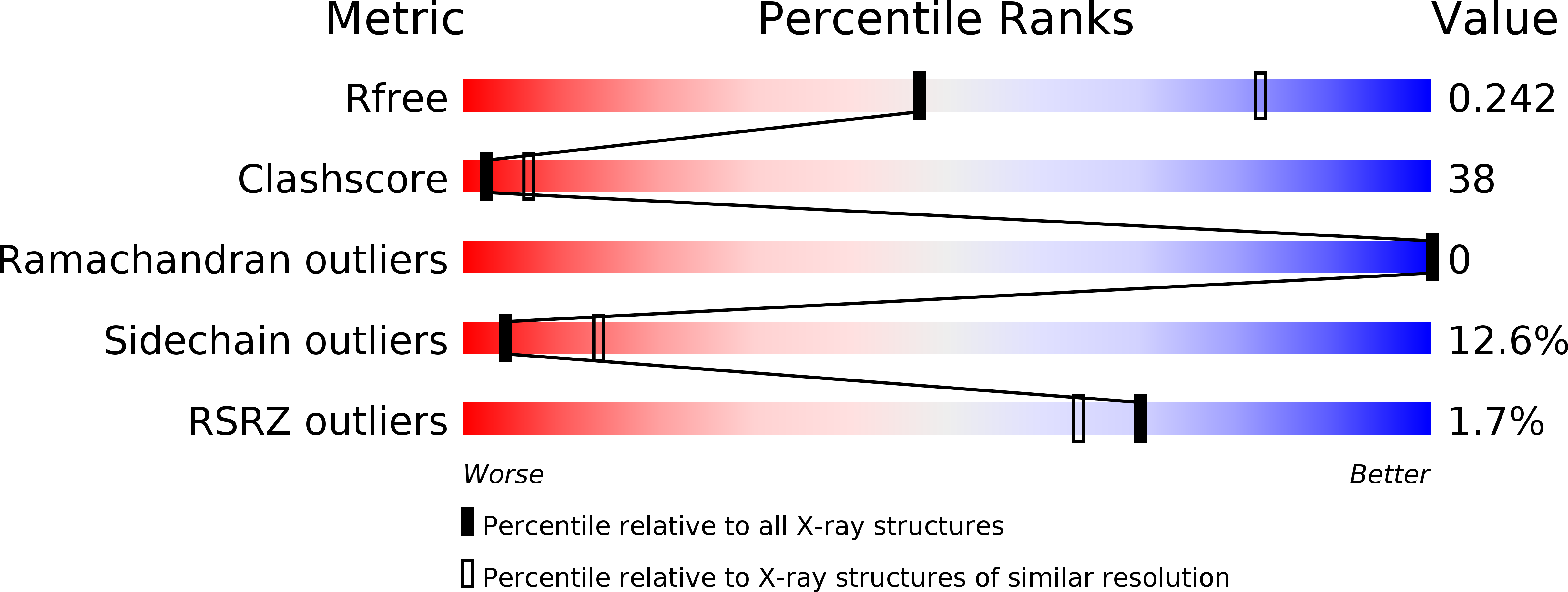
Deposition Date
2010-06-21
Release Date
2011-07-20
Last Version Date
2024-11-13
Entry Detail
PDB ID:
2XHS
Keywords:
Title:
Crystal structure of the ligand binding domain of Fushi tarazu factor 1 of Drosophila melanogaster.
Biological Source:
Source Organism:
DROSOPHILA MELANOGASTER (Taxon ID: 7227)
Host Organism:
Method Details:
Experimental Method:
Resolution:
2.80 Å
R-Value Free:
0.24
R-Value Work:
0.21
R-Value Observed:
0.21
Space Group:
P 31 2 1


